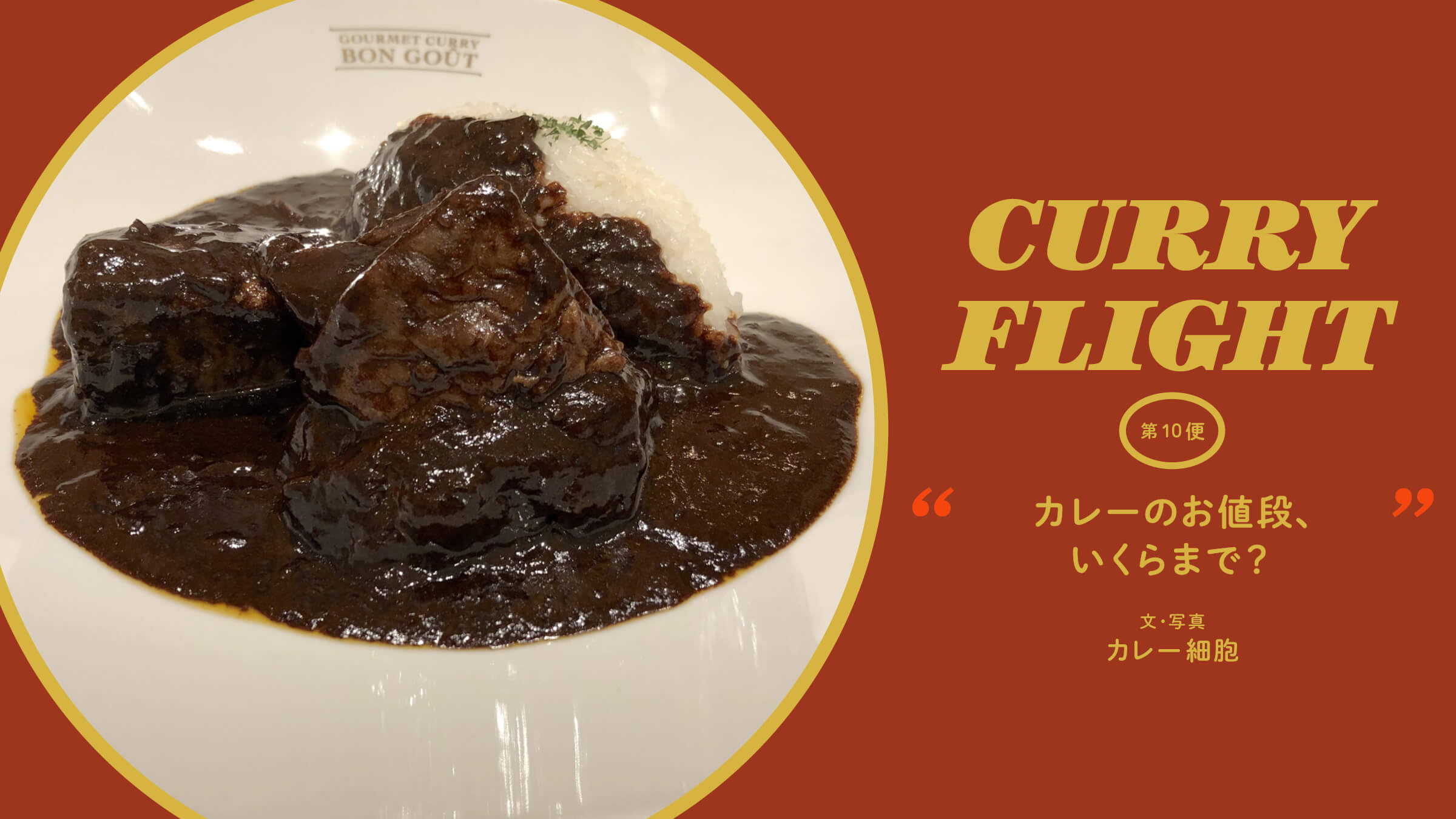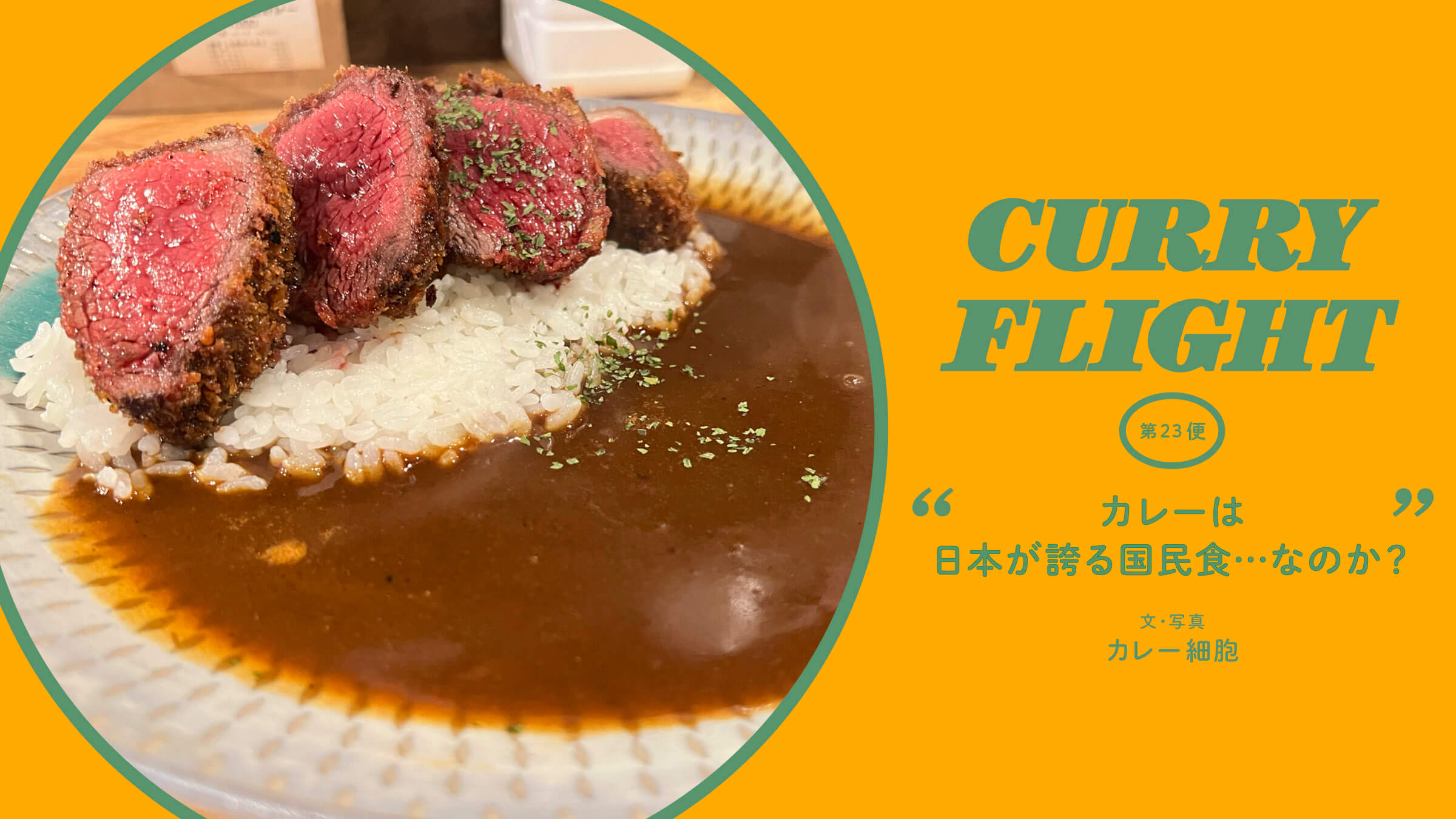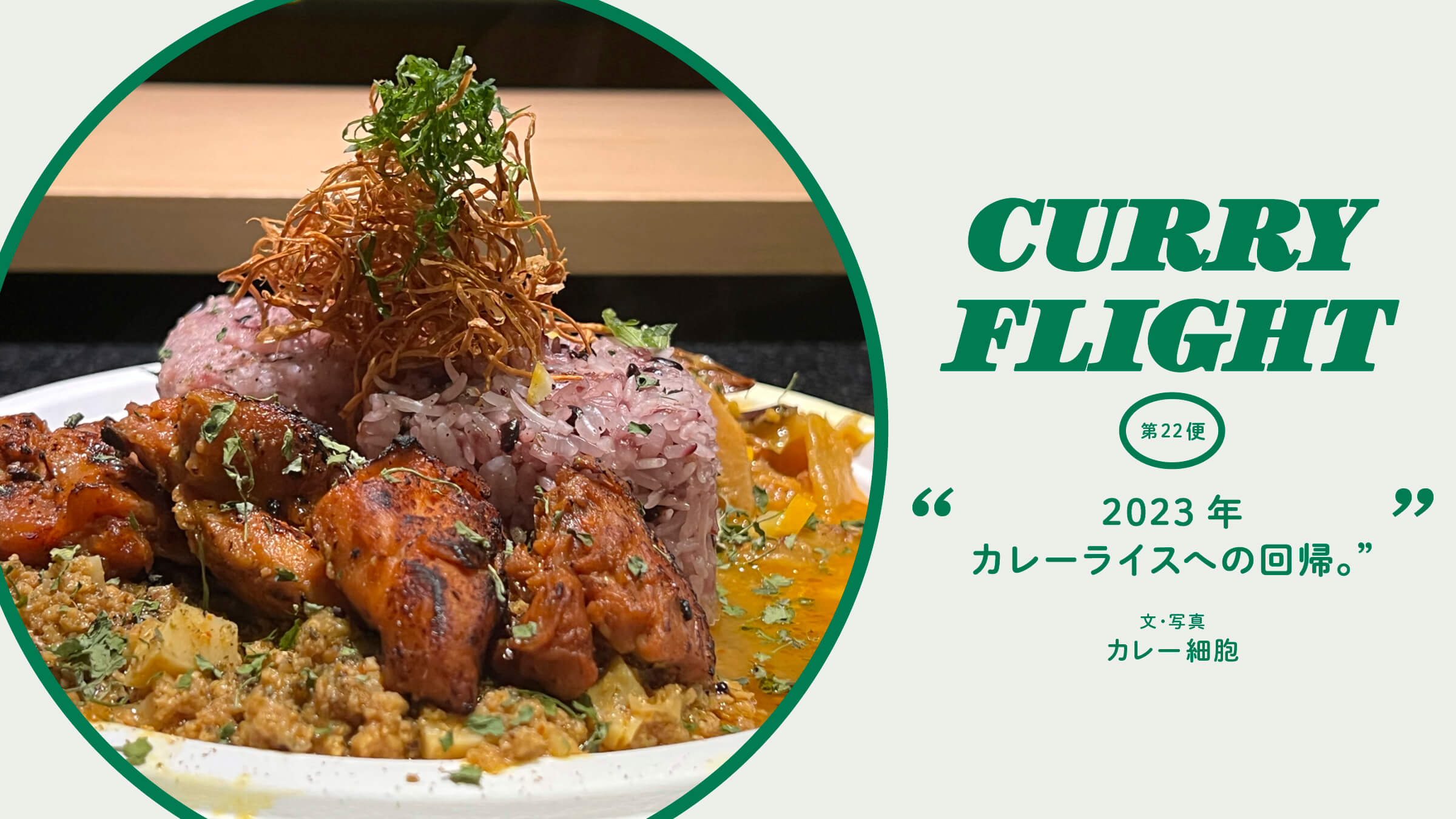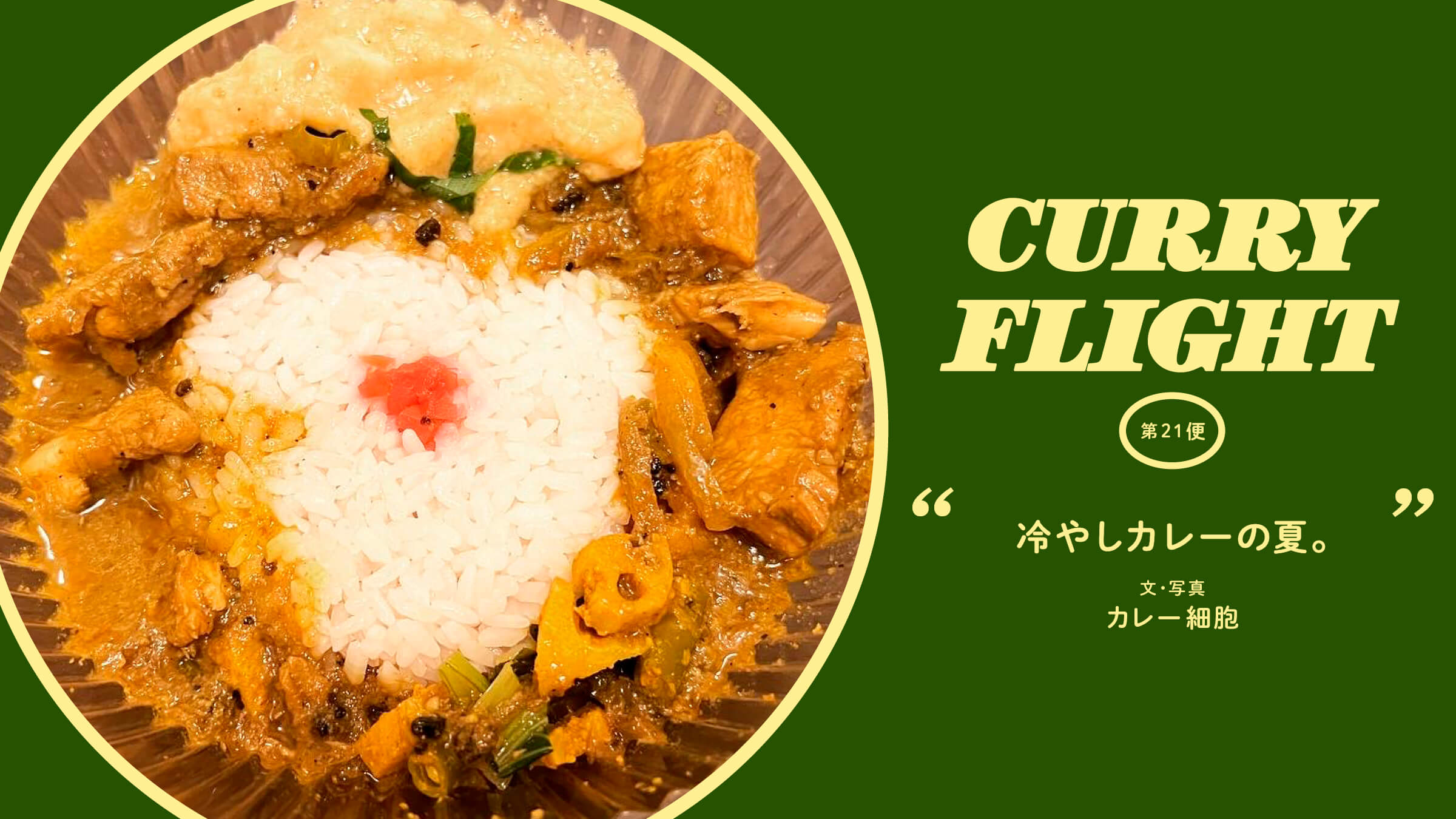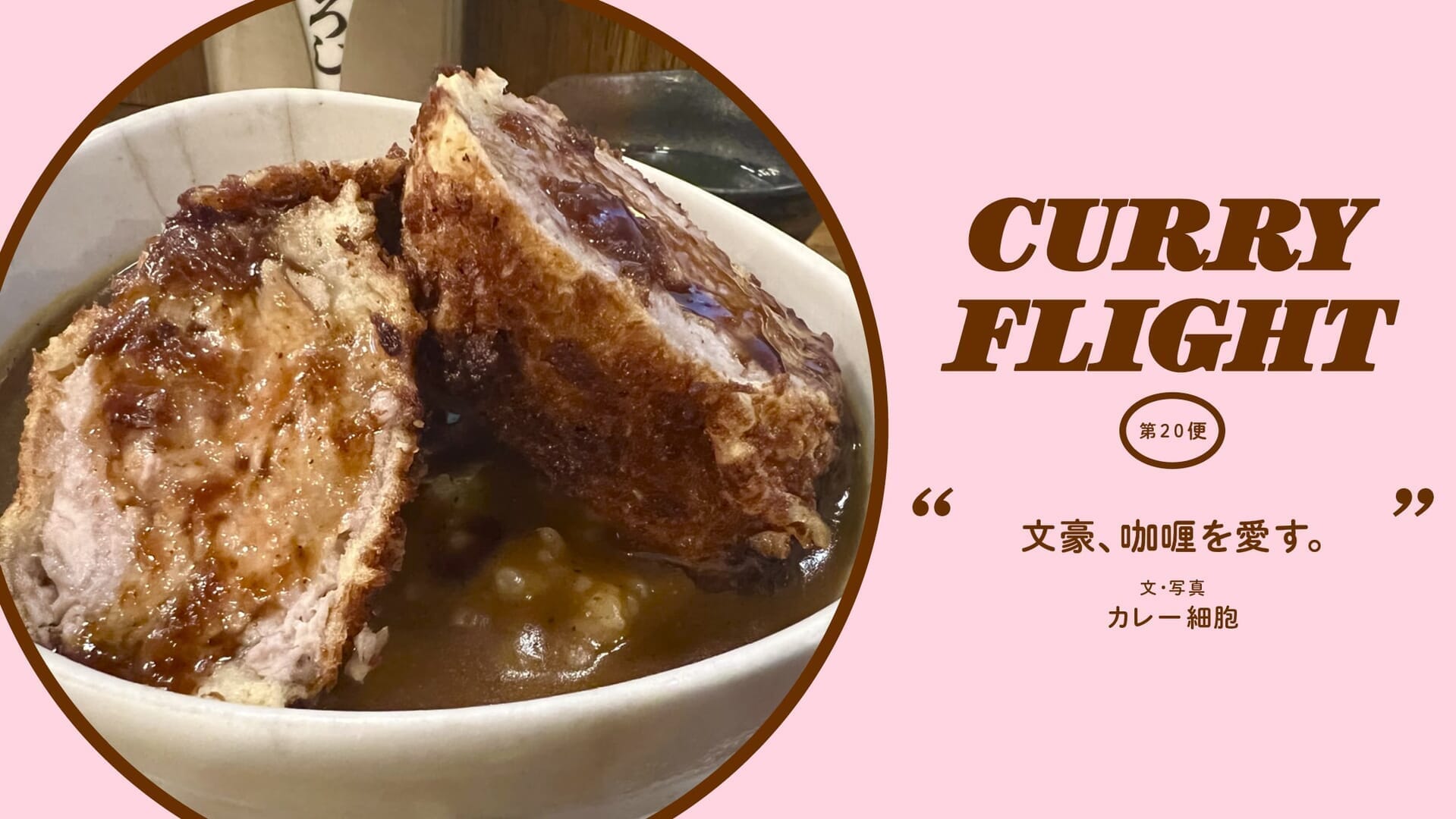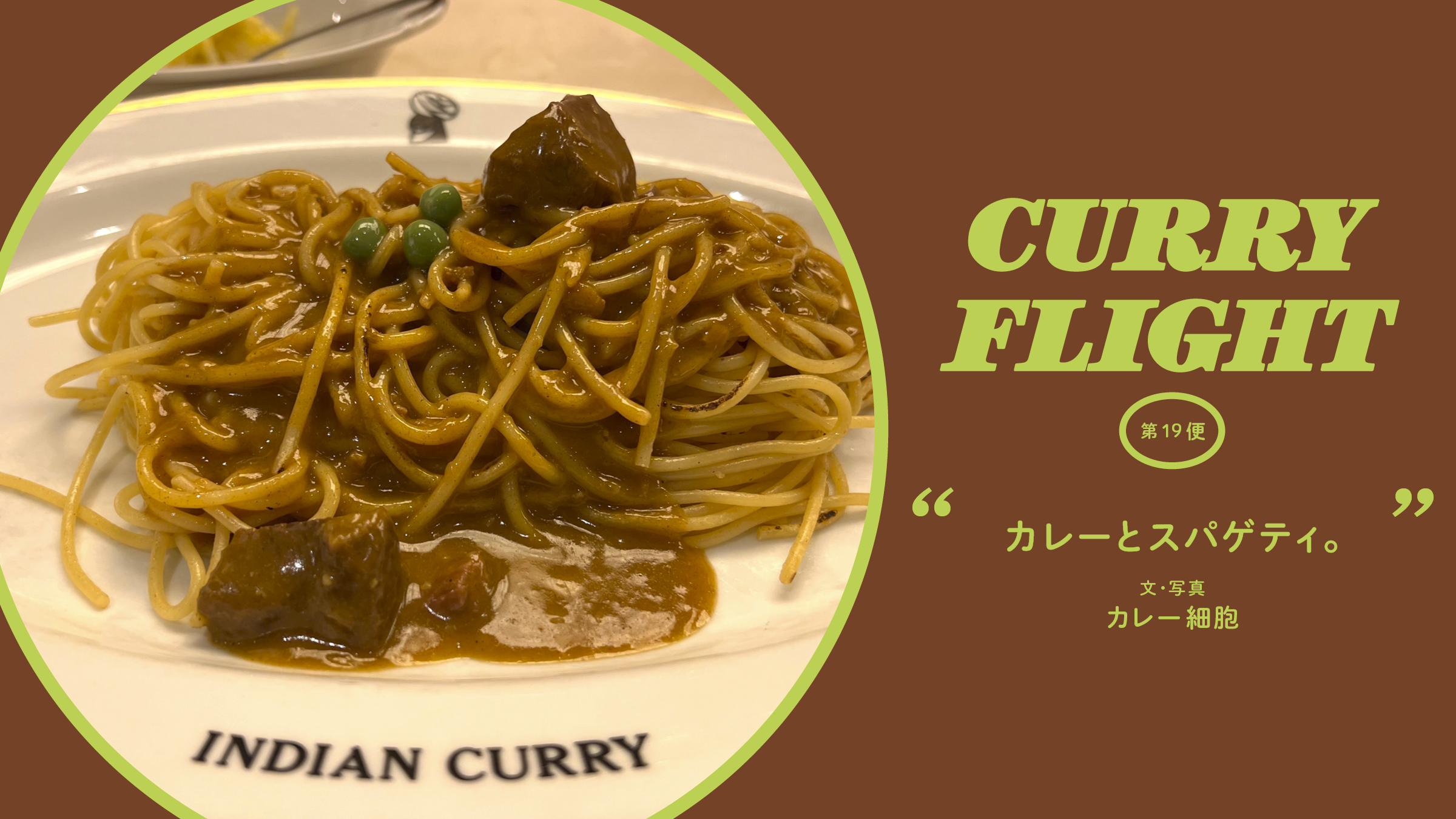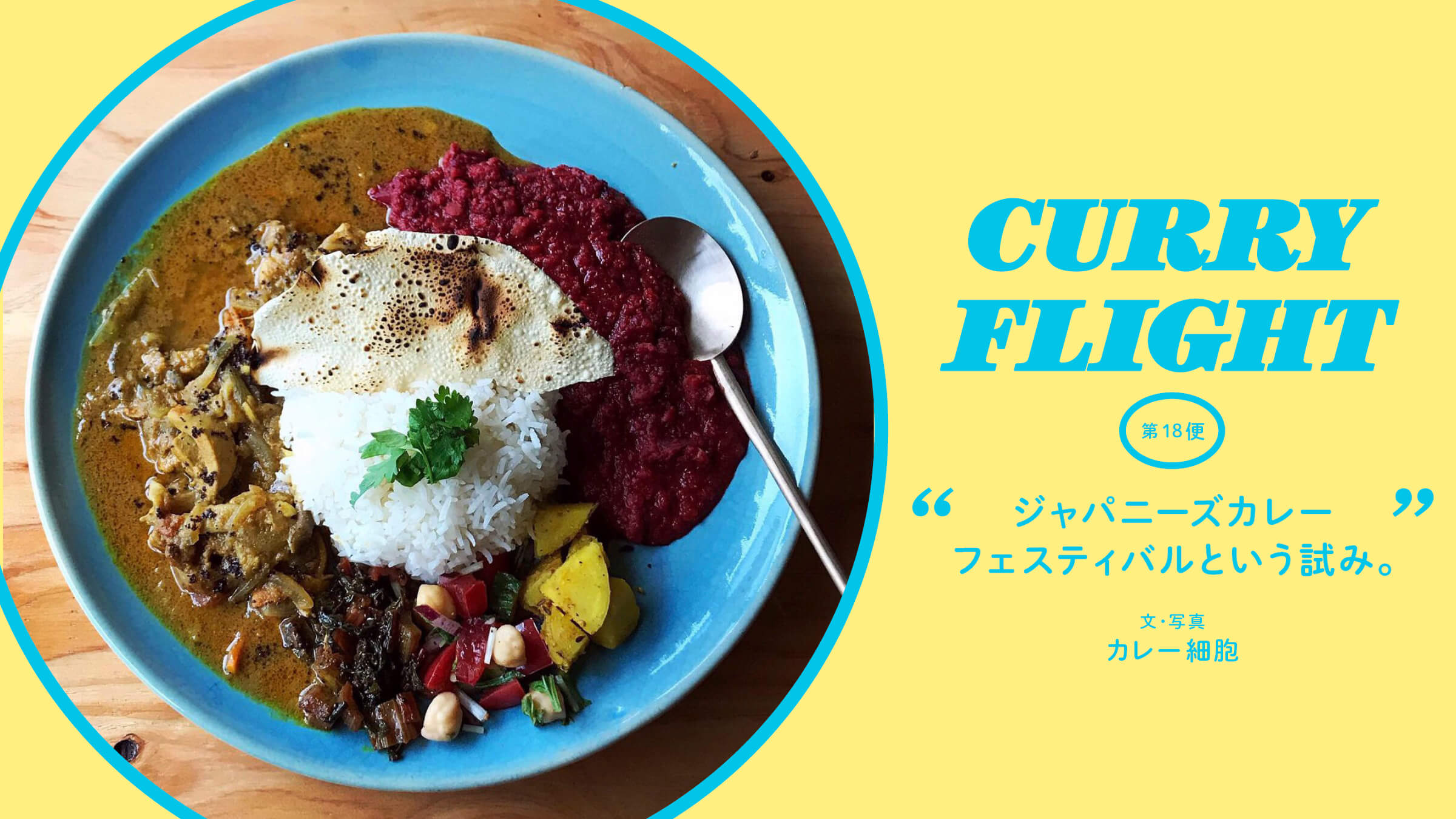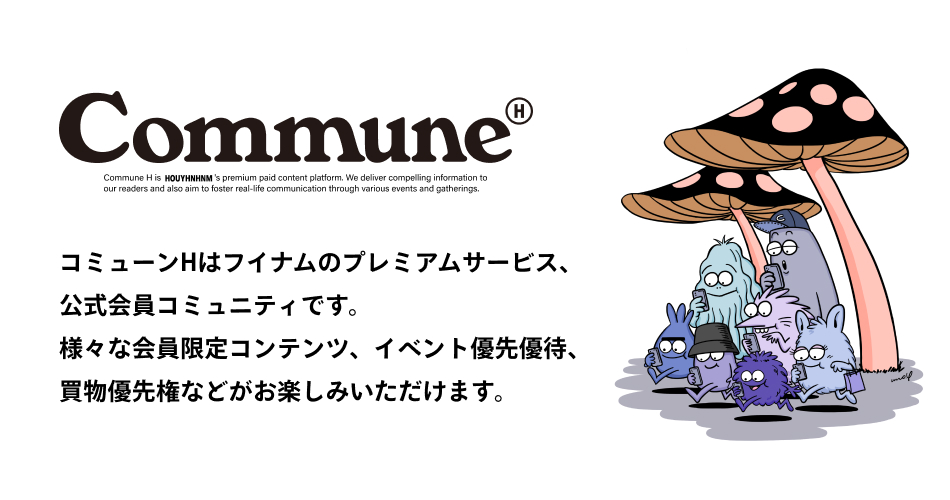Flight 10 Curry price, up to how much?
It has been almost six months since the new Corona took the whole world by storm.
Although I do not like to use the catchphrase "new lifestyle" because I feel that it implies the interests of a particular business, there is no doubt that we are in a situation where problems that we have somehow put off until now are hitting our daily lives and we need to redefine many things.
In many cases, the problem that has been put off is the imbalance between the price for the skill and effort and the price for the visible but not labor-intensive parts of the work.
Turning to curry (yes, I know, this is a curry column), no matter how carefully selected the ingredients and the time and effort put into making it, few people would pay 3,000 yen for a plate of curry.
It's because the visible form is "just curry.
So, what to do is to either sell the product at a thin profit margin, or to make money from another part of the business, alcohol.
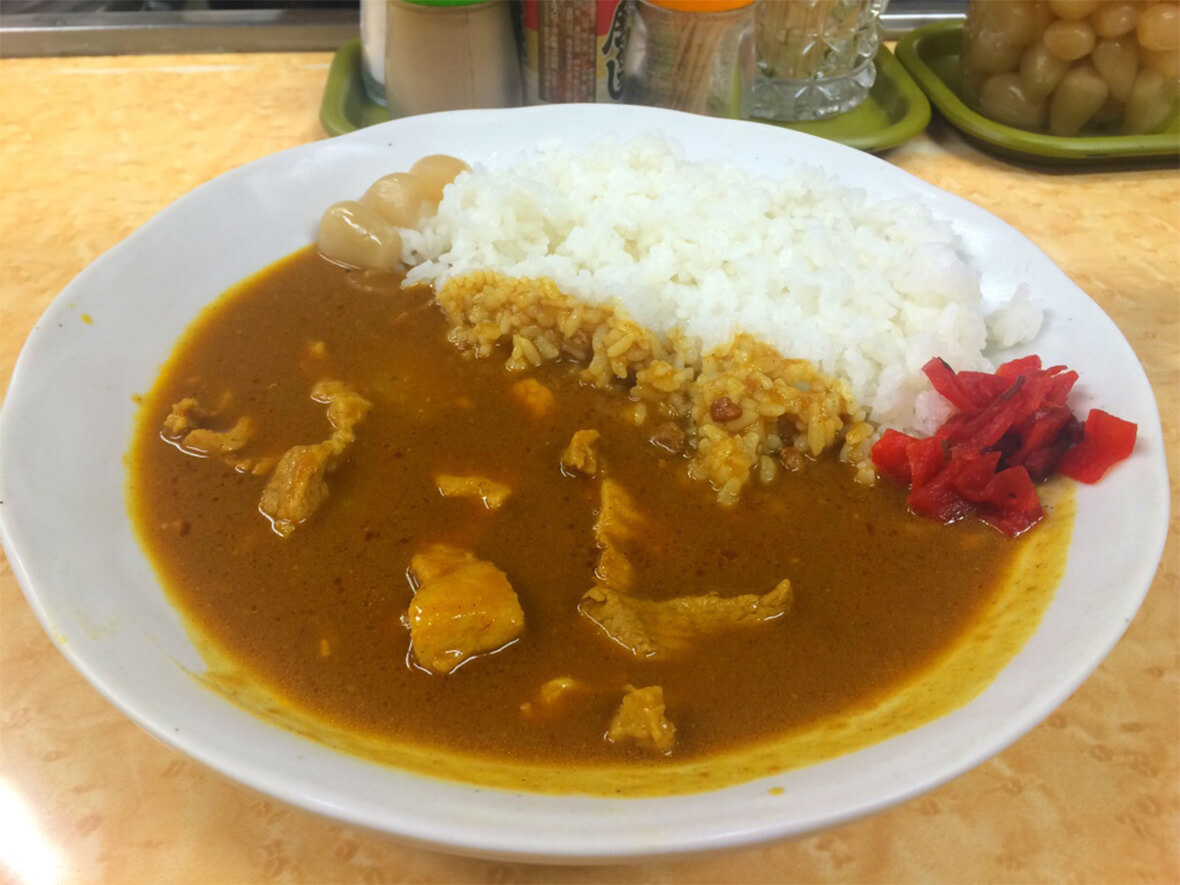
Common pork curry for 600 yen at Sakaeya, a long-established restaurant known for its "0-minute waiting time.
However, this corona disaster will reduce in-store demand, and the cost of containers and shipping will be added to the curry.
The business will become unviable unless the selling price of curry is raised to compensate for the lack of alcohol.
Then, more and more people start saying, "It's just curry, but it's too expensive.
Just in time, let's consider this "price of curry" in this issue.
Is 3,500 yen cutlet curry too expensive?
In September 2012, a rally for Shinzo Abe's LDP presidential election was held at the Hotel New Otani in Akasaka, and Abe made headlines when it was reported that he ate a 3,500 yen cutlet curry here.
For Mr. Abe at the time, the reason for his resignation as prime minister during the first administration was said to be the worsening of his ulcerative colitis, commonly known as "the disease that makes it impossible to eat curry," although he may have also appealed that his ulcerative colitis was on the mend. ......
I remember that many of the media reports and social network reactions at the time were that "paying 3,500 yen for a cutlet curry is out of touch with the common people's sense and insensitive.
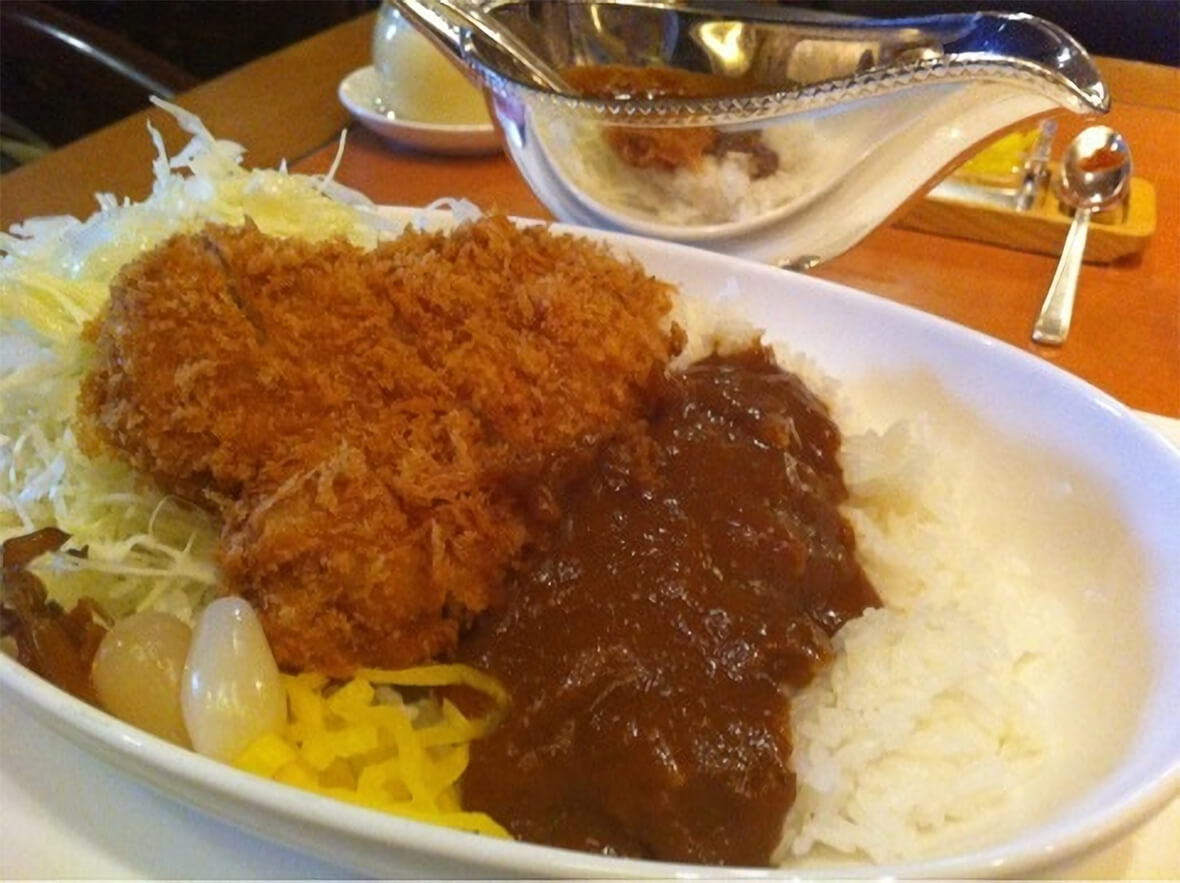
3,500 yen cutlet curry at New Otani's restaurant SATSUKI.
I was the only one who was reporting on the food, so the TV station contacted me to use my photo.
What if this were Japanese, French, or Italian food?
Would people say, "It's insensitive and out of touch with the common man to pay 3,500 yen?
At that time, I thought to myself, "Curry is looked upon so low.
How much would you pay for a bowl of curry and rice?
I recently took a survey on Twitter.
How much would you pay for a bowl of curry and rice?"
(1) 1000 yen (2) 1500 yen (3) 2000 yen (4) 3000 yen
Here are the results of the 2502 votes cast in 24 hours.

The volume zone is between 1,000 yen and 1,500 yen, with approximately 66% of the respondents saying they are willing to spend 1,500 yen or less, and only 10% saying they are willing to spend in the 2,000 yen range.
Of course, the respondents are accounts that disseminate curry information (curry cells:@hm_currycellThe main followers of the "Curry Fever" are the people who have a high fever for curry compared to the general public.
Generally speaking, the price you can pay for curry rice is between 1,000 yen and 1,500 yen, and anything over 2,000 yen is probably unaffordable.
The situation in this area is similar to that of ramen, where the menu has become so popular that it can be eaten instantly at home, but you can't pay that much for it just because you are eating out.
I want curry to be for the common people.
This is probably the mainstream.
Overseas?
Curry rice, which is what we imagine when we hear the word "curry," is categorized as Japanese food overseas.
In other words, "Japanese food.
It has a certain status, and pricing is no different.
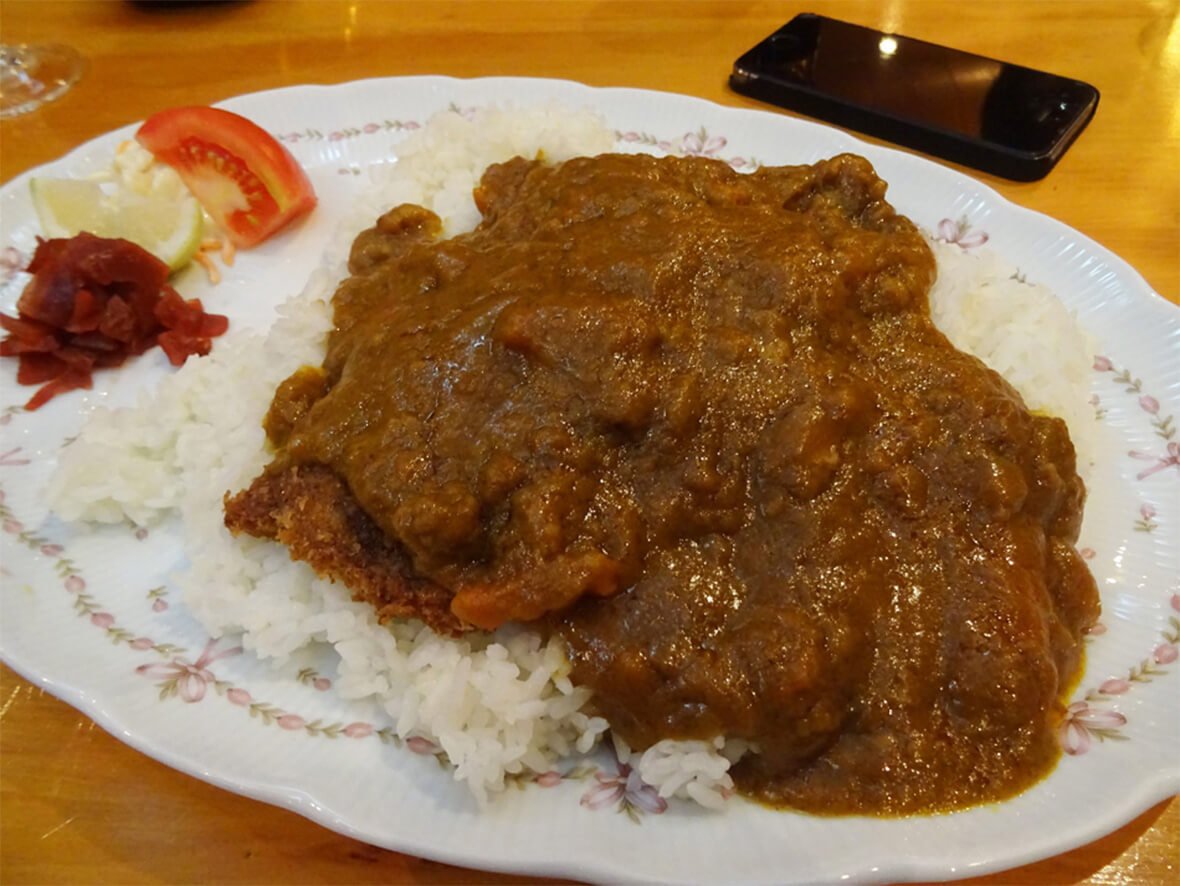
Katsu Curry Rice at Japanese restaurant SHOO-GUN in Santiago, Chile, South America. 12,500 pesos, or about 2,000 Japanese yen.
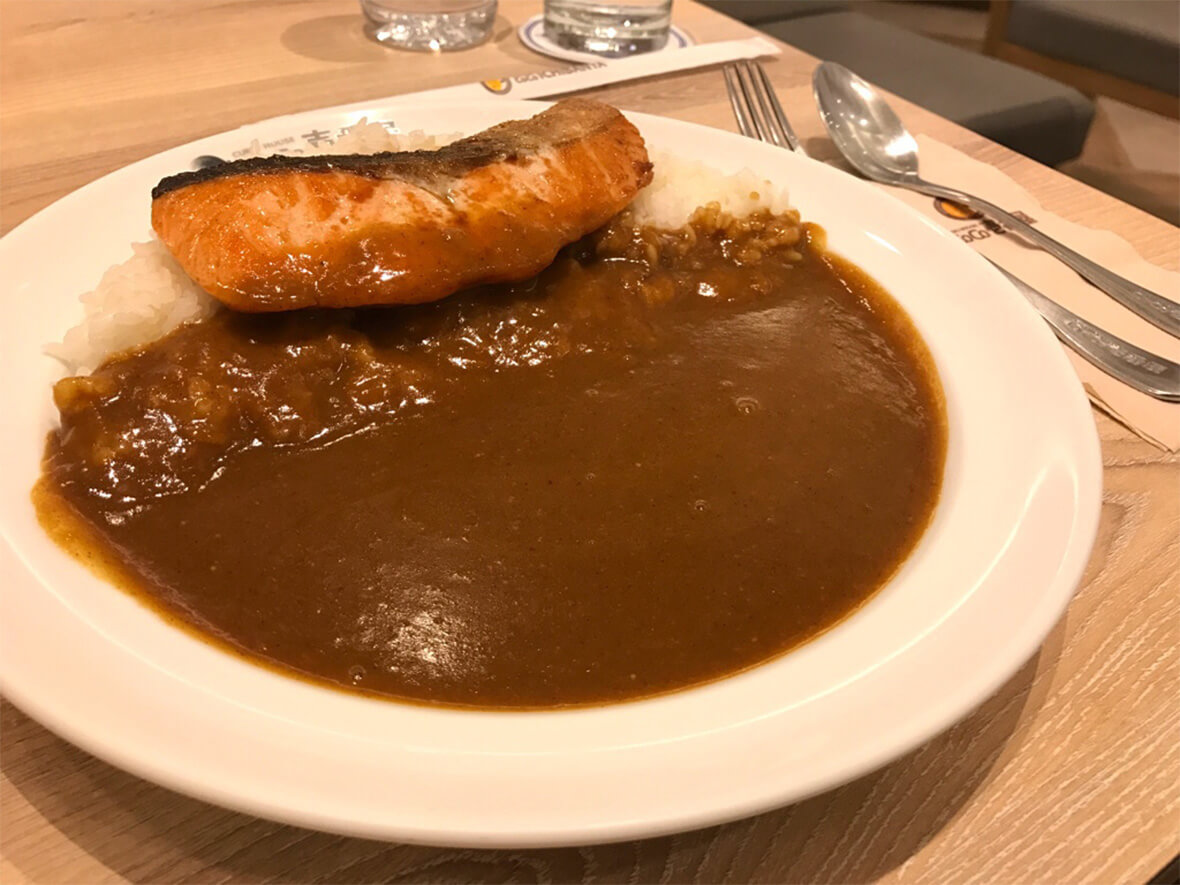
At CoCo ICHIBANYA in Bangkok, Thailand, salmon teriyaki is topped as Japanese food. The price is 220 baht, or about 750 Japanese yen.
A respectable price considering that for 40 baht you can get a khao mangai from a popular restaurant.
Also, even Indian food, which in Japan can be placed in the curry category, is often served in upper-class restaurants overseas, and some of them charge 10,000 or 20,000 Japanese yen.

Bawarchi Indian Restaurant in Sukhumvit, Bangkok, has an upper atmosphere.
This and two beers for 1,189 baht = about 3,500 yen.
Japanese Fine Curry
Of course, there are curries in Japan that cost more than 3,000 yen, but most of them are served in the context of luxury hotels and French cuisine.
In other words, "I can't pay 3,000 yen for curry, but French cuisine is inexpensive.
The Ise lobster curry at Shima Kanko Hotel is 14,762 yen, and the special curry lunch set featuring the finest Japanese black beef at Restaurant Alaska is 6,820 yen.
As for pure curry restaurants, the seafood curry at Tomato, a famous European-style curry restaurant in Ogikubo, costs 3,200 yen.
In February of this year, BAYCREW'S, known for its apparel business, opened "咖喱也 Bongu" in Shinjuku NEWoMan, creating a buzz.
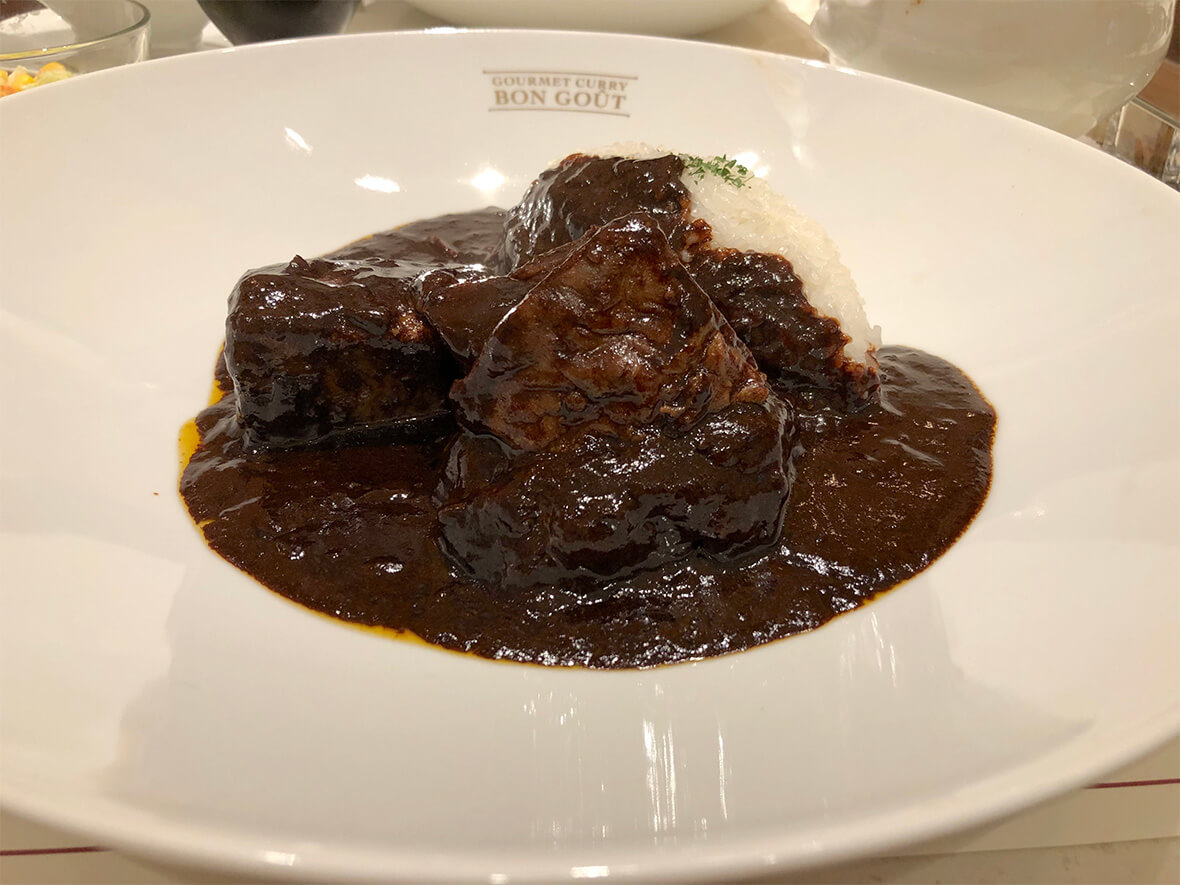
Luxury beef curry (450g beef) at curry shop Bonggu ¥3200
Both "Tomato" and "Bongu" are labor-intensive European-style curries (European-style curries themselves have French roots to begin with), and they share the same emphasis on the extravagance of their ingredients, which is also what makes their high prices so persuasive.
All of these dishes are satisfying and worth the price.
The Curse of the Word "Curry
However, the reason why "I can't spend 3,000 yen for a mere curry" is because curry is so closely connected to the eating habits of the common people of Japan.
The standard is still in the curries you eat at home, in retort curries, and in school lunch curries.
This is, for better or worse, a stereotype, a curse, so to speak.
Curry" is only a Japanese food, and in other countries, where there are no such constraints, there is now a trend toward Modern Indian Cuisine and Modern Spice Cuisine, which compete with, or even surpass, fine French cuisine in terms of glamor and elegance.
That is no longer the world of "I can't afford 3,000 yen".

Southeast Asia is a treasure trove of modern spice cuisine. At OSHA in Bangkok.
Actually, there is one in Japan.
Modern Spice Cuisine.
The unit price per customer at "KALA" in Kitakyushu is approximately 20,000 yen.
In order to have customers enjoy the restaurant without preconceived notions of "curry," the restaurant was removed from the "Curry" category of the "Eating List.
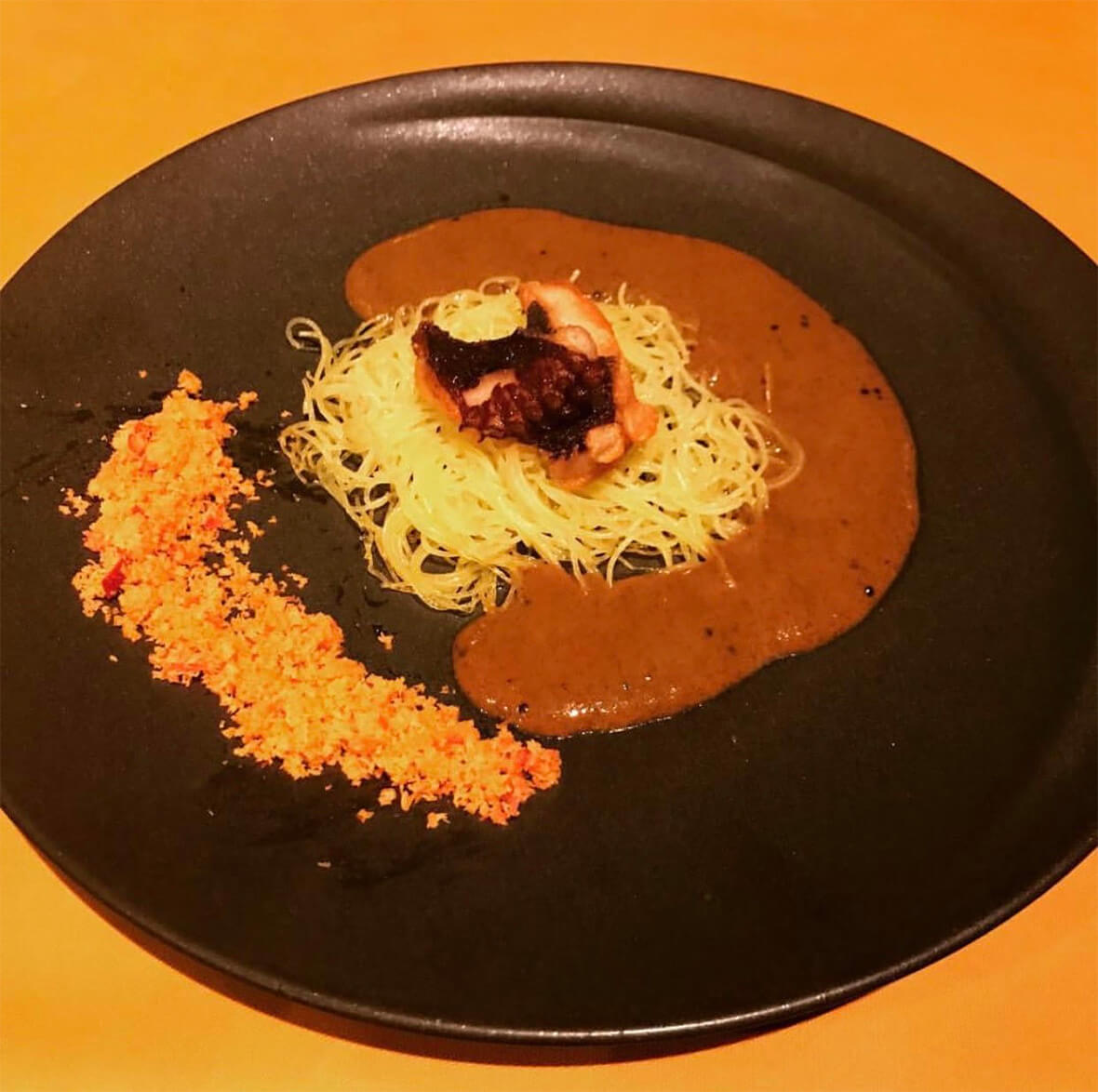
Modern Indian at "KALA." Recently, Thai cuisine has also been used as a motif.
TOKYO SPICE LAB, which made its ringing debut in Ginza in the fall of 2019, offers only courses starting at 8,800 yen.
Employees are first forbidden to call the restaurant's food curry, he says.
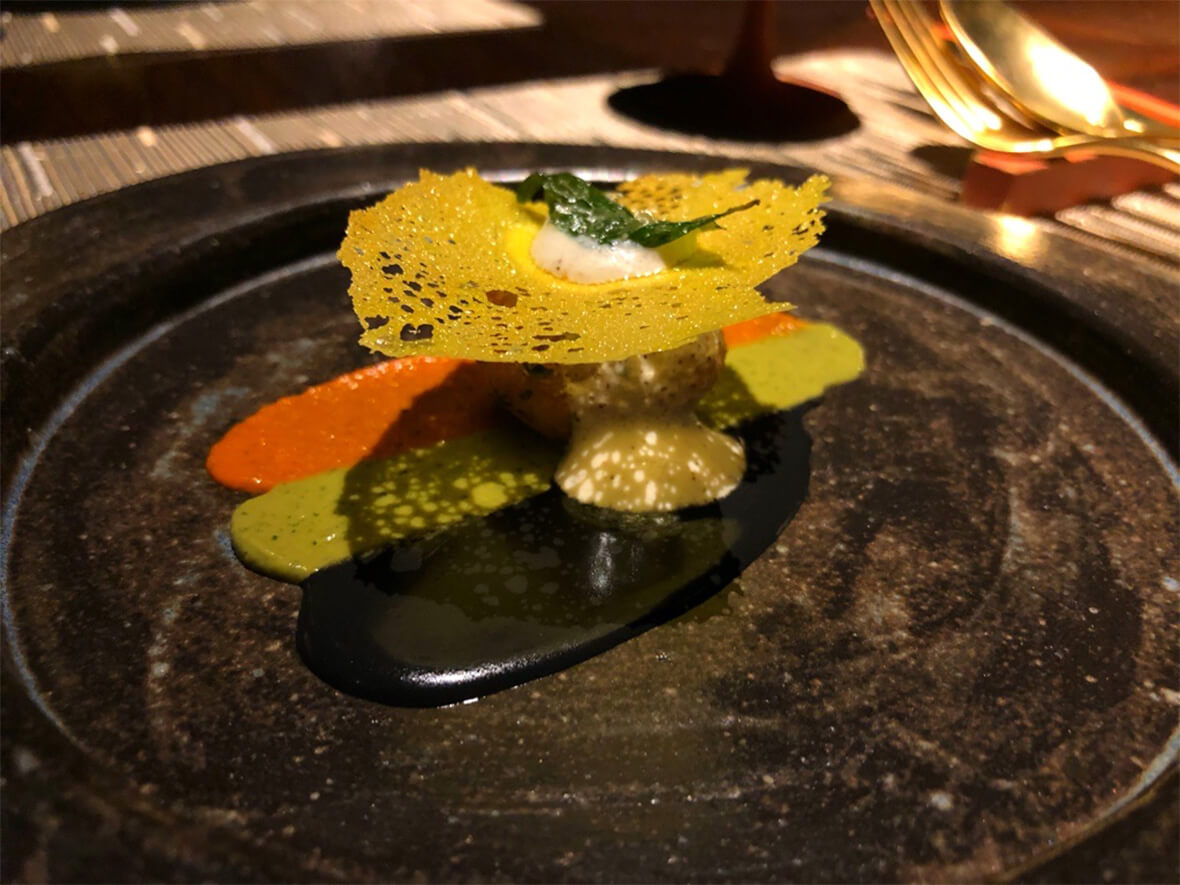
The Modern Indian course at TOKYO SPICE LAB is tailored to tell a story.
Thus, the struggle against "mere curry" continues. ......
Personally, I wish the word "curry" remained the same, and that there was more tolerance for the concept.
You can have a 500 yen curry or a 20,000 yen curry.
This is the "new curry style.
Now, what will the next Flight be like?
PROFILE

In pursuit of all kinds of curry and strange creatures. A spice radar by nature, he has visited more than 3,000 curry restaurants in Japan and abroad. He has been featured in many magazines and TV programs, and is a member of the Japanese Curry Awards selection committee. He is a member of the Japanese Curry Awards Selection Committee, and is a member of the "Next Breakthrough Curry Restaurant" program, which invites a new local curry restaurant to Shibuya every month.SHIBUYA CURRY TUNEThe company is holding the "Mutual Aid Association of Japan (MAAJ).


